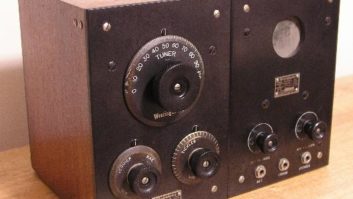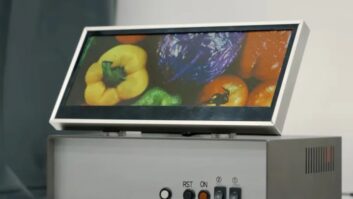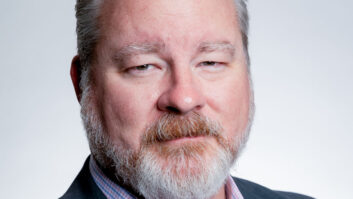Those of us with gray hair can remember the “good old days” of audio, with things to do — tweaking and adjusting, maintenance issues, and the like. To some, this was a nuisance. To others, it made the whole experience more gratifying. Like it or not, audio was a participatory hobby.
Looking back, we realize that products in those days were usually inferior to the products available today, often at lower prices. Science made the difference — we now have much more powerful electronic, mechanical and acoustical engineering techniques at our disposal. Solid-state technology and digital devices need no adjustment, no maintenance, no periodic tweaks. Audio no longer makes demands on users; just press “play” and enjoy the music.
Product design has given way to a substantial reliance on measurements as a trusted metric of quality. The Consumer Electronics Association (CEA), for example, announced in April the adoption of CEA-2010, a standard that provides specific test procedures for determining maximum Sound Pressure Level (SPL) output and defines a ground-plane test procedure and room-correction factor for powered subwoofers.
In addition, CEA’s Audio Systems Committee is currently developing a standard for measuring the output power of home and/or professional audio amplifiers. The goal of this project is to develop a common test and reporting method for manufacturers to use.
The old notion that “we can’t measure what we can’t hear” is now true only if the ability to make accurate and comprehensive measurements is compromised. Adequate technical measurements, especially the acoustical measurements of loudspeakers, require significant financial investments and interpretive skills to extract meaning from the curves and numbers emerging from the instrumentation.
With loudspeakers, a traditional problem has been the acoustical interface with the listening room. The good news is that we now have a much better grasp of how loudspeakers and rooms work together in the different frequency ranges.
It turns out that, over the middle and upper frequencies, the loudspeaker is substantially in control of what we hear. A loudspeaker that is well-designed in certain respects has the potential to sound similarly good in a variety of different rooms without any user intervention.
At low frequencies, the rules change. The quality of bass we hear is determined by the location of loudspeakers and by the location of listeners within the room. No subwoofer can guarantee bass without coloration and boom.
Within this low-frequency range, equalization can work wonders. A single subwoofer, helped by positional tweaking or electronic equalization, can yield excellent bass for a single listener. The problem is that other listeners in the room hear different bass because of the room resonances (standing waves).
Here is where some new science comes to our rescue. By using multiple (two or four) subwoofers in the right locations, it is possible to greatly reduce seat-to-seat variations in bass. Since this is achieved by attenuating room resonances. A second benefit is that the need for equalization is substantially reduced, perhaps eliminated.
Clearly we have come a long way in introducing the scientific method to audio-product design. It has not been without controversies and stumbles. There is still work to do. But our successes so far reassure us that consumers are now hearing sounds that are better than ever and closer to the real art that musicians created for our pleasure.
Readers wishing to learn more about the science are referred to: “Loudspeakers and Rooms for Sound Reproduction — A Scientific Review,” by Floyd Toole, Journal of the Audio Engineering Society, vol. 54, pages 451-476, June 2006.













